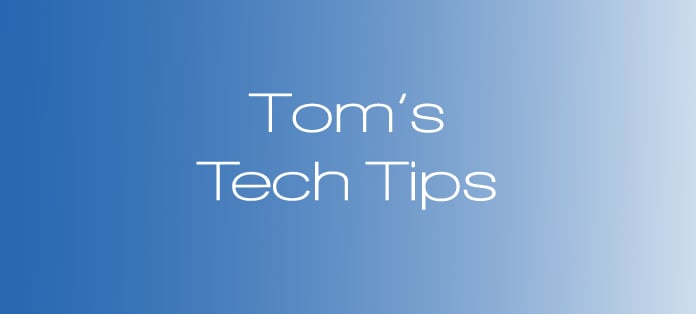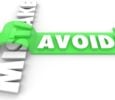All Certified Legal Nurse Consultants have heard the news about the increasing numbers of major companies who have had credit cards and other personal data accessed by hackers. More and more of these breaches have involved personal information as well as credit card numbers. If your data has been included in the information that was “hacked”, you’ve probably received a notice from either that merchant (Target, Neiman Marcus, etc.) or from your credit card company that you need to protect yourself. Given that the bad guys apparently have addresses, phone numbers and email addresses, those miscreants now have many ways to contact you also.
Here are a couple of quick steps you can take to ensure you don’t fall into a trap.
- If you receive a call or text allegedly from your credit card company or bank asking you to call the included number to discuss a security issue, DO NOT call the number in the text or in the message. Instead, DO CALL the phone number on the back of your applicable credit card and ask to speak to the credit card security division and report the incident to them directly – then ask for a new card.
- If you receive an email allegedly from your credit card company or bank with links to verify your account, DON’T DO IT! That’s one of the most common forms of phishing email. I’m sure you’ve gotten them in the past – usually from banks you don’t have cards with (first tip off). Since the bad guys may have your personal information, they can even fill that phishing email with all sorts of details (your address, phone number, etc.) to make it look even more real. Instead of falling for the phish, DO CALL the phone number on the back of your applicable card and ask to speak to the credit card security division and report the incident to them directly – then ask for a new card.
- If you receive an email from one of the hacked merchants or from a delivery service such as FedEx, UPS or DHL telling you that one of your package deliveries (that you don’t remember ordering) was delayed and asking you to download and open a zip file or click on one of those ubiquitous tracking links, DON’T DO IT! The zip file will contain malware and the tracking link will take you to a webpage that automatically downloads the malware. Either way you lose, so if you’re not expecting a package, don’t put yourself at risk. If you are expecting a package, then a better way to check is to go to the UPS or FedEx website and type the tracking number in by hand. You’ll quickly find out if it’s a trick or not.
- Finally, you can put fraud alerts and credit freezes on your accounts which offer temporary protection. Here’s a terrific article on identity theft by Suze Orman, who was a guest speaker at the 2008 NACLNC® Conference in Las Vegas.
Hopefully none of my CLNC® amigos are Target or Neiman’s shoppers, so you’ll be safe. But in the meantime, a little common sense will go a long way.
 Keep on Techin’,
Keep on Techin’,
Tom
P.S. Comment and share how you keep yourself safe from phish.









